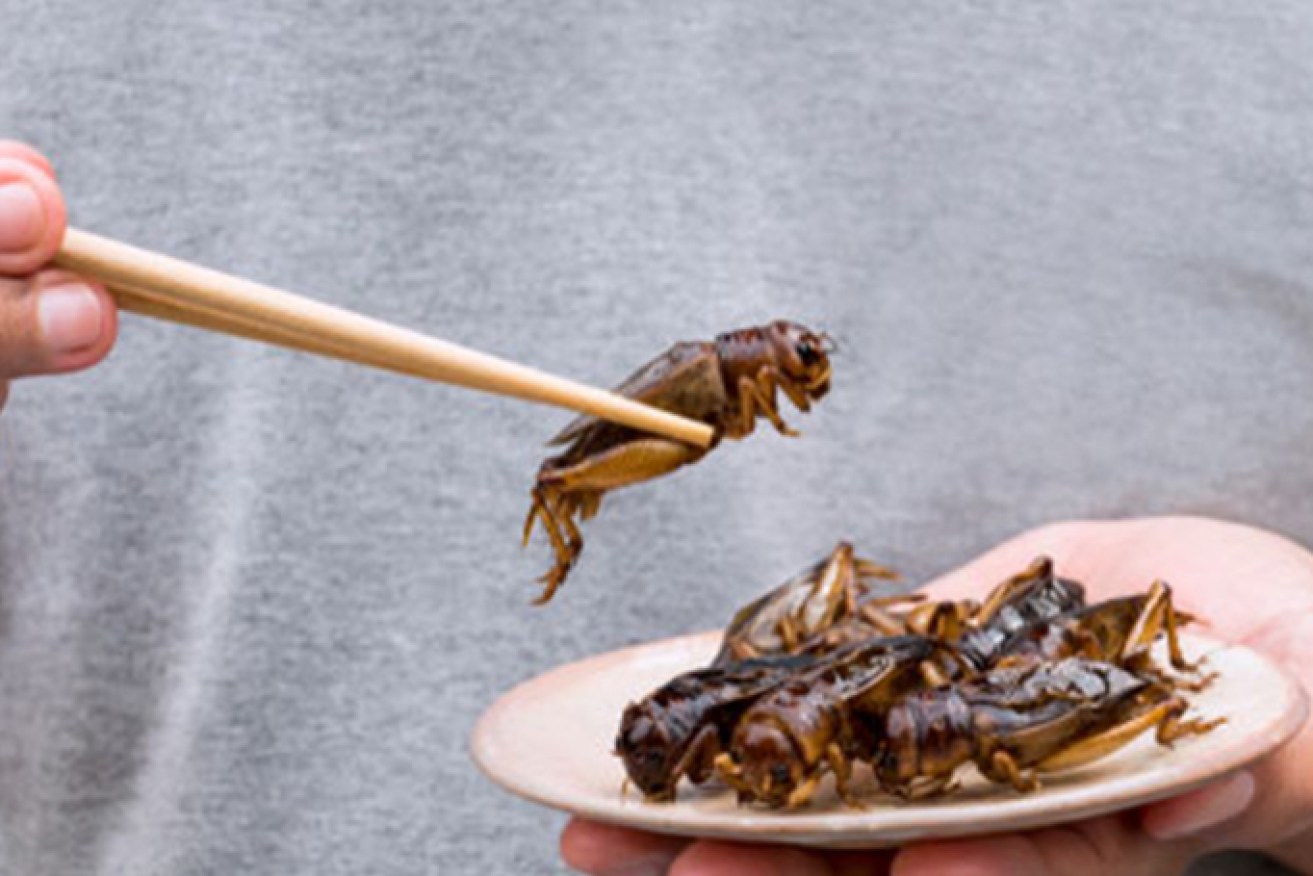Tummy bugs: Australia can cash in on appetite for edible insects
Australia could play a significant part in an emerging and lucrative global culinary trend – the billion-dollar edible insect industry.

The CSIRO is laying out a roadmap for Australia to cash in on the edible insects industry
The CSIRO has produced a roadmap for Australia to produce nutritious, sustainable and ethical edible insects.
Launched on Thursday, “Edible insects: A roadmap for the strategic growth of an emerging Australian industry”, lays out a plan for the edible insect industry.
Co-funded by CSIRO and the Australian Department of Foreign Affairs and Trade, it provides a framework for First Nations initiatives, start-ups, insect businesses, researchers, policymakers and community members interested in the industry.
CSIRO researcher and report co-author Rocio Ponce Reyes says edible insects are high in protein, vitamins and other macronutrients, and the global industry is growing fast.
The worldwide edible insect market was expected to reach $1.4 billion in value by 2023.
Europe and the US lead the Western market with more than 400 edible-insect-related businesses.
“Insects have high-value nutritional profiles, and are rich in protein, omega-3 fatty acids, iron, zinc, folic acid and vitamins B12, C and E,” Dr Reyes said.
“They are a healthy, environmentally friendly, and a rich source of alternative proteins.”
More than 2100 insect species are eaten by two billion people in 130 countries, including 60 native insect species traditionally consumed by Indigenous Australians.
Australian species include witjuti (also known as witchetty) grubs, bogong moths, honeypot ants and green tree ants.
CSIRO entomologist and report co-author Bryan Lessard said the report drew on the expertise of Australian and international scientists, Aboriginal and Torres Strait Islander peoples, insect farmers, food processing industry leaders and chefs.
Commercial insect farming had a low environmental footprint, requiring minimal feed, water, energy and land resources, he said.
CSIRO’s future protein lead professor Michelle Colgrave said the aim was focused on helping Australia capture high-growth global protein markets to grow Australia’s protein industry by $10 billion over five years, in line with the Australian government’s goal to lift farmgate output to $100 billion by 2030.
“With the global population set to reach 9.7 billion by 2050, we will need to meet this demand for sustainable protein production by exploring diversified sources,” Professor Colgrave said.
“Alternative protein industries can play an important role in Australia, contributing to regional and national prosperity.”












